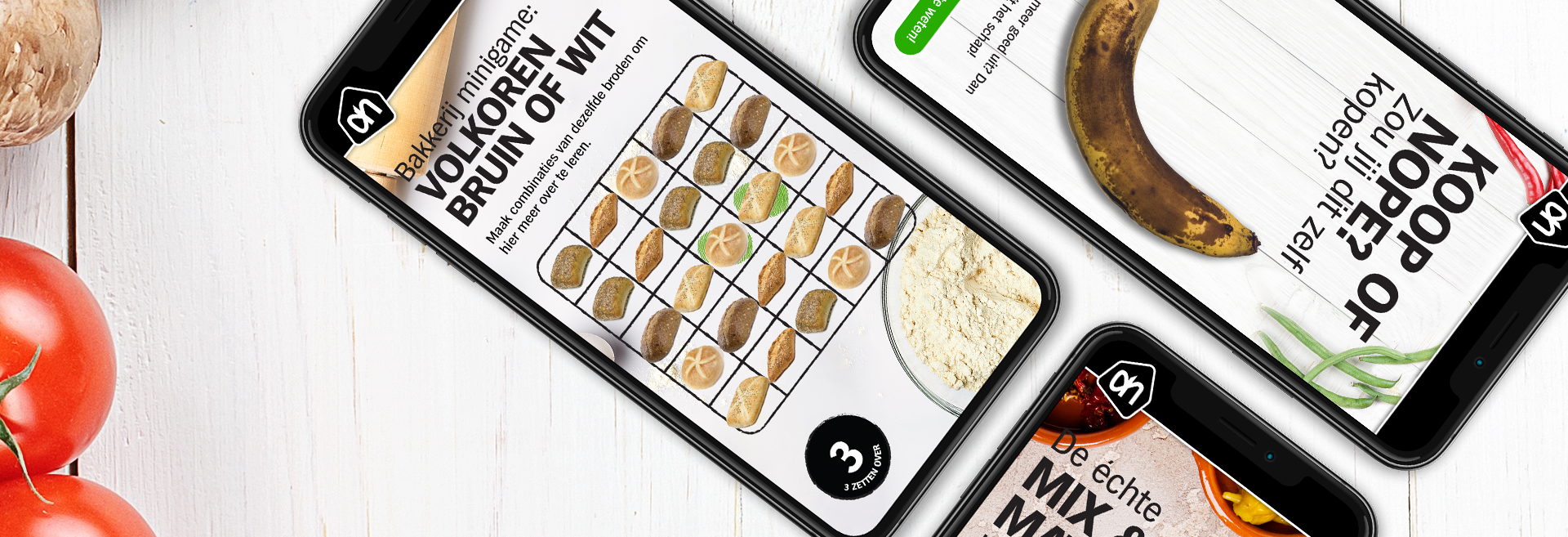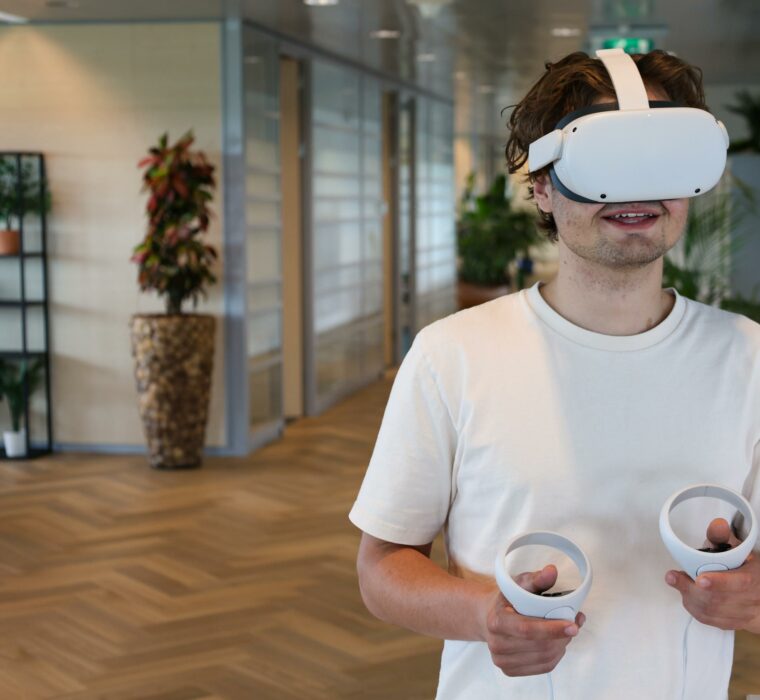
Can you still do without a smartphone?
Throughout the day, we grab our phones to take a quick look at WhatsApp, LinkedIn, Facebook, Instagram, X (formerly Twitter), NOS and so on.
To go crazy!
Chances are you are also reading this blog on your phone.
Not surprisingly, it is expected that by 2025, three-quarters of Web usage will be via smartphone.
In any case, one thing is certain: we can no longer ignore the smartphone.
Neither is the case when developing digital learning solutions.
After all, you can also use your phone or other mobile device to learn.

Mobile learning
Using a smartphone to learn is a form of mobile learning.
Mobile learning, or mobile learning, is “learning in multiple contexts, through social and content interactions, using electronic devices.”
In short, mobile learning expands the possibilities of where, how and when we learn.
As such, it is often seen as an extension of more conventional forms of online and digital learning.
Through mobile learning, learning can take place in a different context and at the time it is really needed (just-in-time).
The image of a person sitting at a desk taking an e-learning module on a desktop has long since ceased to be self-evident.
Research shows that of all mobile devices, the smartphone is the most used for mobile learning, mainly because we always have our phones in our pockets.
This means that learning as an activity must increasingly be suitable for mobile use.
Learning with the smartphone in practice
In practice, we see that organizations are also increasingly aware of the benefits of learning via smartphone.
Learning solutions that we at inBrain create for our clients are scalable (if desired), making them easy to follow on different devices.
In addition, we are increasingly developing modules mobile-first which means that following the module on a smartphone is the starting point of the design.
It is important to determine at an early stage with the client via which devices a learning solution should be available.
Often the target group is leading in this, but development time and budget also play a major role.
Influence on the development of learning solutions
A mobile learning solution requires a different development approach than a conventional learning solution.
This is because it is not the case that you can transfer learning content one-to-one to a mobile device.
Keep the following five points in mind:
- Provide a short turnaround time, think no more than 10 to 15 minutes.
Thus, you benefit from the fact that a learning solution can be followed anywhere and at any time.
Following the module should be easy accessible.
Do you often travel with the train?
Take advantage of your travel time by following an e-learning course.
All you need is your smartphone. - Ensure readability by limiting the amount of text per page.
A phone screen is smaller than a laptop screen or a monitor.
Texts should be short and to the point. - Can you avoid hyperlinks?
Then do this!
On the phone, the chances are that the participant will accidentally press a link. - Place important information and buttons in the center.
In fact, when we read something on our smartphone, our attention is focused on the middle. - Keep it simple: Try to avoid complicated interactions.
Take advantage of a smartphone’s unique features (touch, swiping, etc.).








